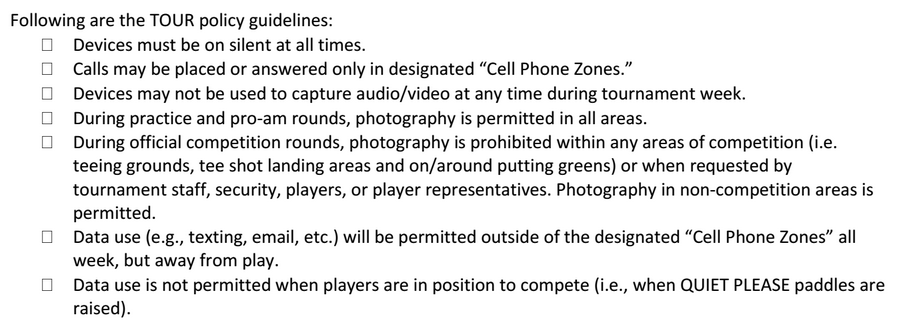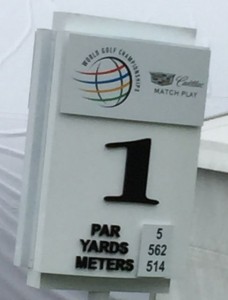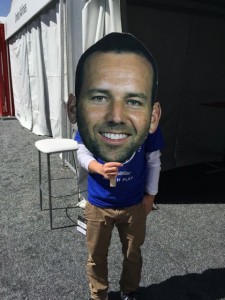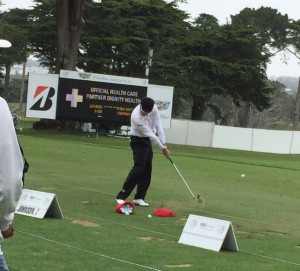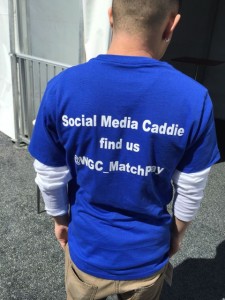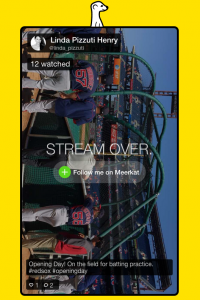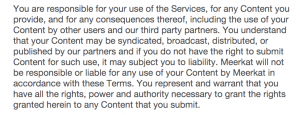 The PGA Tour has issued some new rules governing fan use of mobile devices during tournaments, including a new ban on any fan video or audio recording during any PGA tournament.
The PGA Tour has issued some new rules governing fan use of mobile devices during tournaments, including a new ban on any fan video or audio recording during any PGA tournament.
In a press release titled “PGA TOUR expands use of mobile devices by spectators at PGA TOUR tournaments,” the Tour claimed it was expanding the days and times fans could use their mobile devices to take photographs, but the accompanying restrictions seemed aimed more at reducing fans’ ability to obtain images, not expanding them. Though the new rules allow pictures to be taken during competition days, it also states that photos may not be taken “within any areas of competition,” including greens, tee boxes and landing areas — maybe leaving putting greens and clubhouses the only “new” areas where competition-day photos can be legally taken.
The new specific rules on audio and video — “Devices may not be used to capture audio/video at any time during tournament week” — may be an attempt to correct a seeming disparity that gained notice last year when a reporter’s PGA Tour credentials were pulled in part for her use of the live-streaming video Periscope app. At that time, fans were still permitted to shoot video and use Periscope at certain times, a strange double standard that the PGA Tour never fully explained. Now, it appears that nobody other than the PGA’s approved media partners will be able to show or record videos from golf tournaments.
Of course, rules are one thing and enforcement is another, and the idea that the PGA Tour could police every instance of fan mobile-device usage is somewhat absurd. Even if Tour officials were watching a fan, it’s hard to tell how the official could determine if a fan was taking a picture or a video, so our guess is the new “rules” are meant mainly as a self-policing measure. It’s possible that the Tour could work with app providers like Periscope, YouTube or Instagram to try to get golf videos removed from those sites, but so far we haven’t heard of any such instances.
We will update this post if and when we can talk to PGA folks. In the meantime, the new rules are below.
